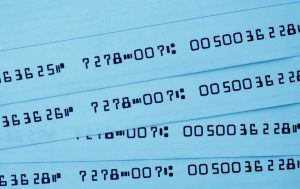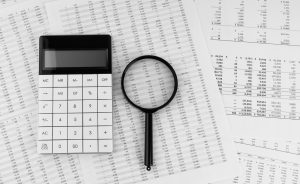LSL Webinar “Back to Basics | Pension & OPEB for Beginners,” presented by Riley, CPA Greenlee & Krystal Cabrera , CPA lead you through the necessary steps on preparing for audits related to pension and Other Post-Employment Benefits (OPEB) reporting.
In case you missed it – this article will guide you through the types of information needed for a successful audit, including actuarial reports, fiduciary net position reports, and audited financial statements. We will also discuss important journal entries for GASB 68 and 75, supporting schedules for contributions, and census data requirements.
Whether you’re just starting out or need a quick reminder, feel free to bookmark, save, or print this post – it’s your checklist for all the essential documents and reports you’ll need and more.
Essential Documents and Reports
Here’s your checklist of the must-have documents and reports for a smooth audit prep:
- Actuarial Report for the Fiscal Year: This report provides a detailed analysis of the pension plan’s financial status.
- Fiduciary Net Position Report: Details the plan’s assets and liabilities.
- Audited Financial Statements of the Plan: These statements provide a comprehensive overview of the plan’s financial health.
- Journal Entries for GASB 68 and 75: Include supporting schedules for subsequent contributions.
- Census Data as of the Valuation Date: Along with contribution reports.
Common Mistakes
- (Most common) Discrepancies Between Actuarial Report and Journal Entries: Ensure your allocation method appropriately distributing funds and do your final numbers agree to the total on the actuarial report?
- Incorrect Allocation of Funds: Verify that funds are allocated correctly. Is your allocation method appropriately distributing funds? Do your final numbers agree to the total on the actuarial report?
- Outdated Footnote Information: Update footnotes regularly to reflect current information. Do your footnotes reflect the current plan disclosures?
- Confusion Between Valuation and Measurement Dates: Valuation date most often 2 years behind while measurement is 1 year. Valuation is the date of the base information such as your census data. Measurement is the date at which the liability is being measured.
More Tips & Tricks!
- Gain MyCalPERS Business Partner Access: This access allows you to view and manage your CalPERS account effectively.
- Hire Consultants: Consider hiring consultants to help navigate complex reporting requirements.
- Use a Template for Journal Entries: Standardize your journal entries with a template.
- Write a Standard Operating Procedure (SOP): Develop an SOP to ensure consistent and accurate reporting practices.
By following these steps and tips, you can streamline your audit preparation processes, ensure compliance, and provide accurate financial reports.
For a comprehensive guide on pension and OPEB reporting, don’t miss our blog Pension and OPEB Reporting: Key Steps and Best Practices.




